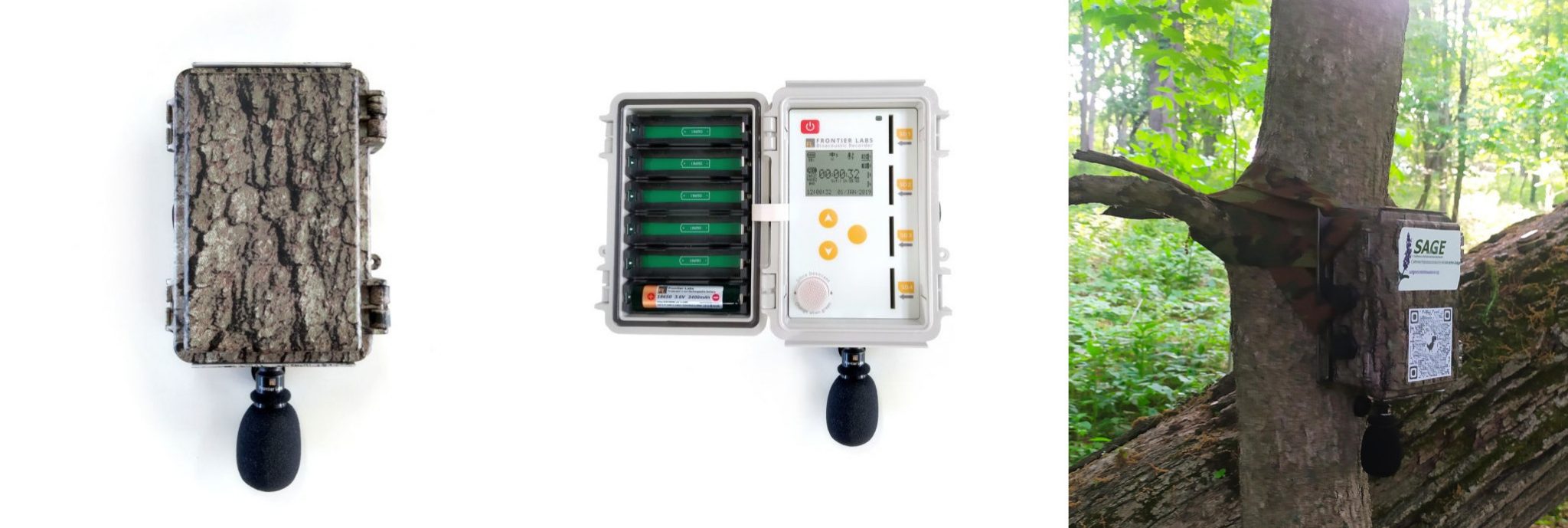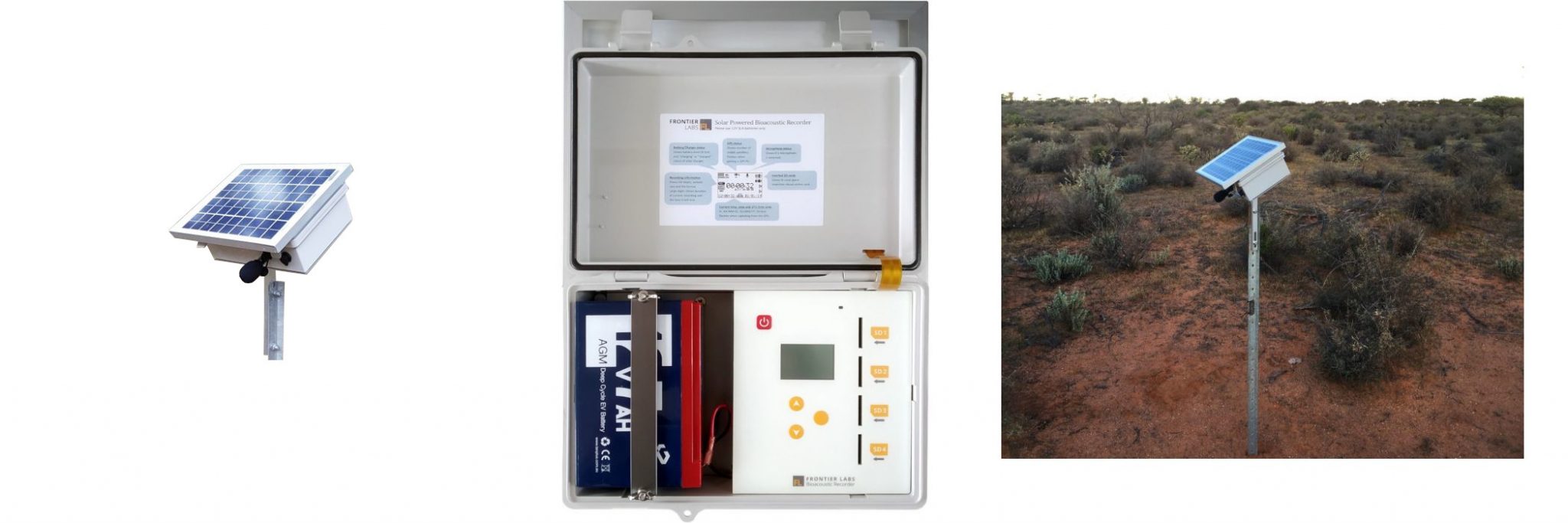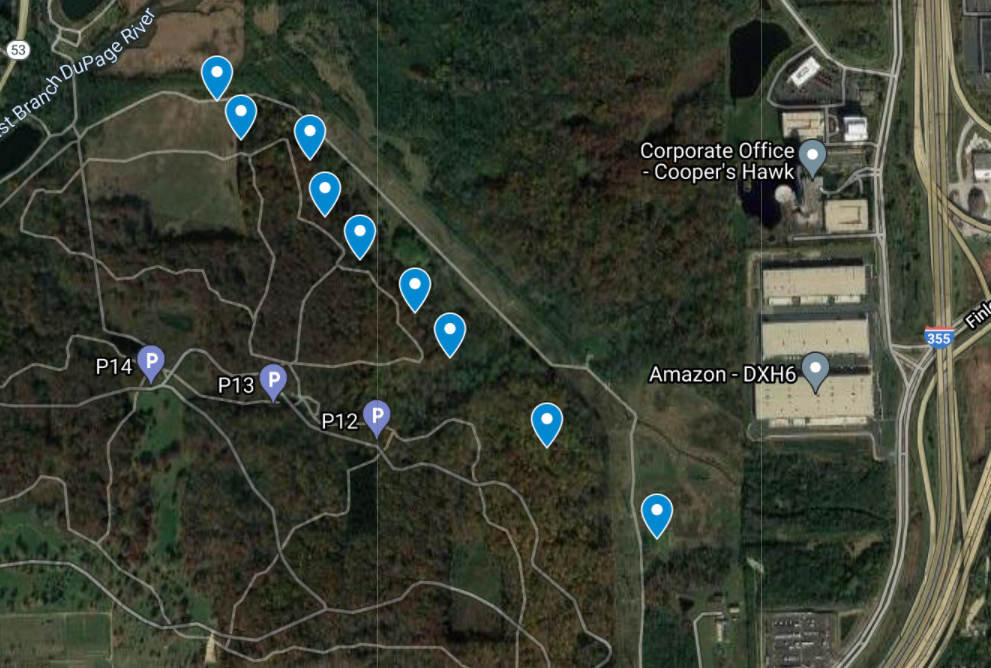Monitoring biodiversity using acoustic data
The Big Picture
Currently, the only studies of animal biodiversity examine few species at a time in small areas. Large scale studies are neither cost-effective nor time efficient. This greatly limits how animal biodiversity can be understood, as it is always changing. In order to keep up with its changing nature, machine learning and artificial intelligence can be used to analyze acoustic data to determine the quantity of different species in certain areas. Long-term analysis of soundscapes will provide a baseline for animal biodiversity and how it is changing over time.
Morton Arboretum Campaign
So where does the Morton Arboretum fit into all of this? Before this new method for studying animal biodiversity can be deployed nationwide, it must be tested to prove that it is an effective and feasible solution. In order to demonstrate the effectiveness of this process, six pilot sites have been selected to test this method of acoustic data analysis, and the Morton Arboretum is one of those six pilot sites. Bioacoustic audio recording devices have been deployed in the arboretum to collect acoustic data that will be used to understand the soundscape and biodiversity in the area.
Soundscape Ecology
Animals make sounds for a wide variety of reasons. They use sounds to communicate about territory, food, predators, mating, and much more. All of these sounds contribute to what is called a soundscape. Soundscape ecology is the branch of science that analyzes acoustic data from soundscapes to understand the relationships between biodiversity, landscapes, and anthropogenic pressures.
Devices
BAR-LT

The first type of device that is being used is the battery powered bioacoustic audio recorder (BAR). These recorders can be easily fastened to trees where they blend in and constantly record audio.
Solar BAR

The second type of device that is being used is the Solar BAR. These recorders have the same recording capabilities as the BAR-LT, but their battery is charged by a solar panel. If the are deployed in a place with consistent sunlight, they can record continuously for long periods of time. Device Deployment All audio recorders have been deployed in the Morton Arboretum, and the map seen below shows the locations of the recorders.

Benefits of the Project
The United States does not currently have a baseline for different measurements of biodiversity that cover large areas and many species of animals. This project would allow for the development of such a baseline across the country, which would have many benefits. Such benefits include:
Analysis of the acoustic data will allow for quantifying the differences between protected and non-protected areas. Better estimates of land-use restriction’s effect on the conservation of certain species will be possible. Comparing data in the future with the baseline measurements will provide information on the migration of a species and what might have caused it. These are just a few of the benefits that this project might yield. But in order for the deployment of recording devices to be possible nationwide, the process must be tested in places such as the Morton Arboretum first.